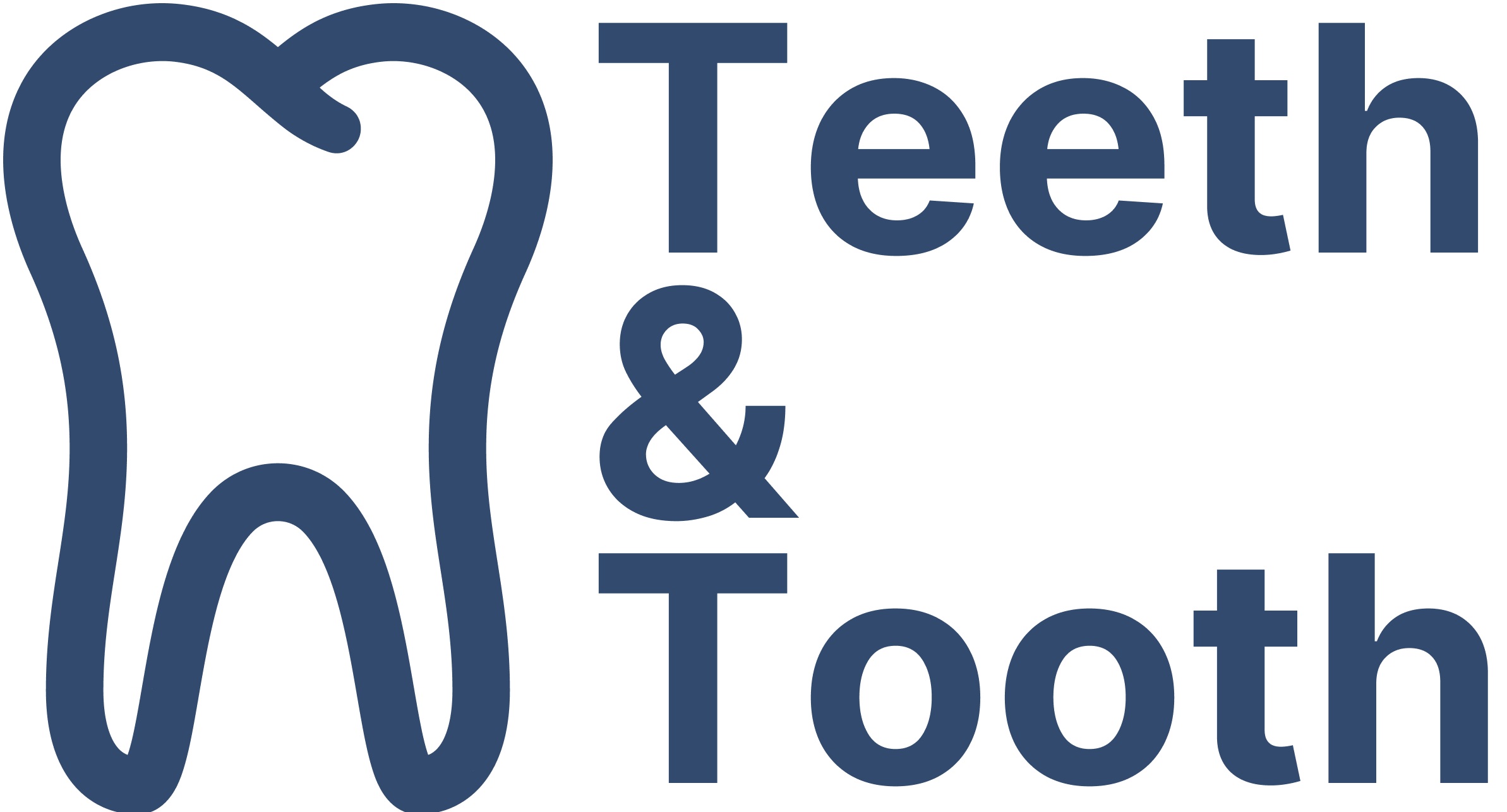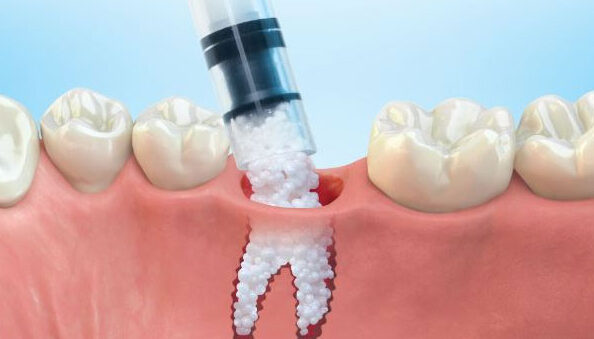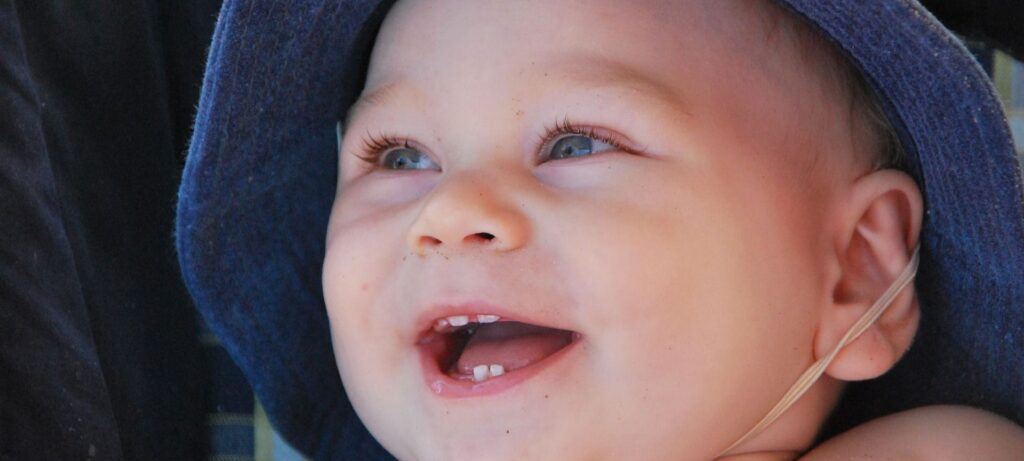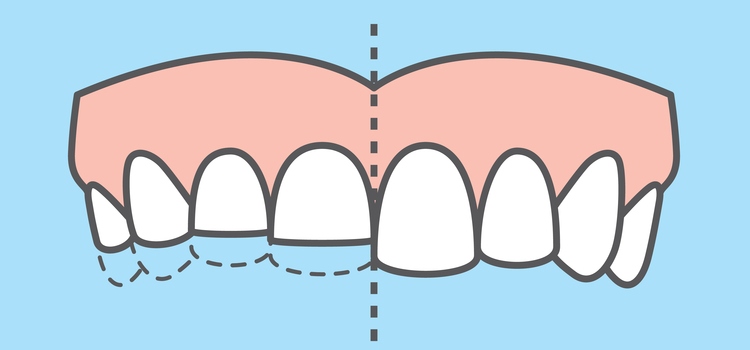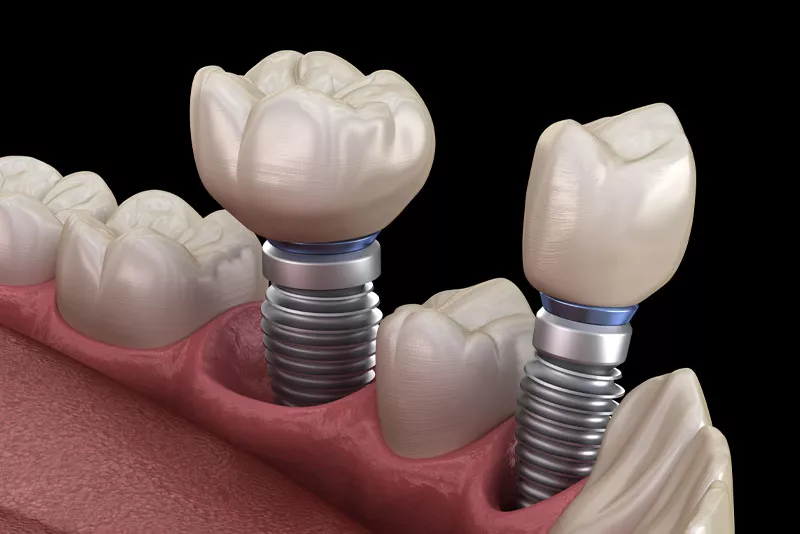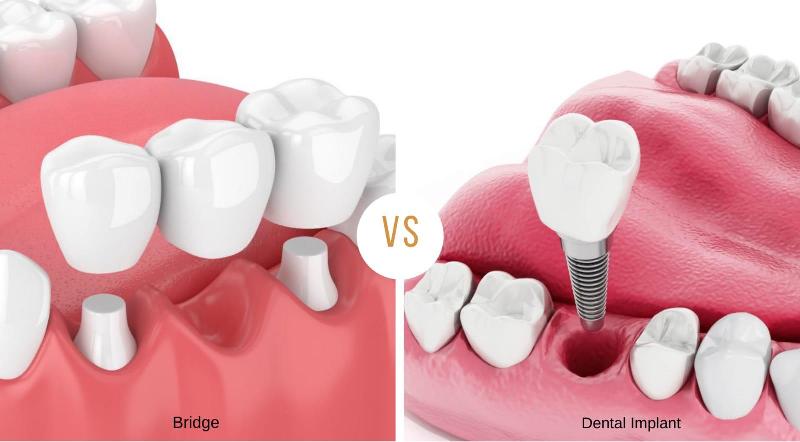The removal of your wisdom teeth is a painful and costly procedure that many undergo to relieve pain from an impacted tooth or to prevent future dental problems. However, after the extraction of your wisdom teeth, a hole is left in the jawbone where the tooth was once located.
The hole can cause the jawbone to deteriorate, leading to dental complications such as gum disease and movements in the adjacent teeth. To prevent such issues, your dentist or oral surgeon may suggest you to undergo bone grafting after the wisdom teeth removal.
In the rest of this article, we will take a deep dive into bone grafting and how it is being done after the removal of your wisdom teeth. Whether you have already had your wisdom teeth removed or are considering bone grafting, this article will surely provide you with the valuable information you need to make an informed decision.
What is Dental Bone Graft?
Dental bone graft is a type of surgical procedure commonly used in dentistry to preserve the structure of a jawbone and support the installation of dental implants, bridges, and denture. The procedure involves the transplanting of bone tissue from other parts of the body to repair or rebuild the jawbone.
The bone tissue can be extracted from several sources including the patient’s own body, a donor, or an animal; the choice of the source depends on various factors including the size and location of the bone tissue to be extracted as well as the overall health of the patient or bone donor.
You may be interested in: Can a Wisdom Teeth Fall Out Naturally On Its Own?
In the event where there are no suitable bone tissue available, a synthetic bone material such as calcium phosphate or hydroxyapatite is used instead. These synthetic bone graft materials are designed to mimic the properties of natural bone tissue and encourage new bone growth, thereby allowing the jawbone to regenerate. On average, most dental bone grafting procedures have a 90 to 95 percent success rate when a synthetic bone graft material is used.
Dental bone grafts can be used in several situations, such as after tooth loss, to correct deformities or defects in the jawbone, or to support the installation of dental implants. In the case of wisdom teeth removal, bone grafts may be necessary if the jawbone has suffered bone loss. That said, a thorough assessment of your oral health is required by your dentist or surgeon to determine if dental bone grafting is necessary and suitable.
How Dental Bone Graft Works?
The bone grafting procedure is typically performed in a dental clinic or hospital with local anesthesia. There are several different types of sedation including laughing gas, oral sedation, and IV sedation. Here is a general overview of how a dental bone graft is done:
- The first step involves the incision in the gum tissue to access the bone underneath and creating a space where the bone graft materials can be placed.
- The material, which can come in the form of a powder or putty, is placed in the affected area and secured in place with tiny screws and pins. This prevents the material from shifting or moving around.
- Last but not least, the incision is closed with stitches and covered with a dissolvable collagen membrane to protect the area. The membrane will dissolve in one to two weeks.
Over time, the body incorporates the bone tissue into the jawbone, creating a strong and more stable foundation. The exact timeline for bone regeneration depends on multiple factors including the type of bone graft material as well as the age and health of the patient.
Why Dental Bone Graft After Wisdom Tooth Removal?
Before you understand why there is a need for dental bone grafting after wisdom tooth removal, you should first know how bone tissue regenerates in the body. Every single second, osteoclasts is constantly breaking down bone tissue while osteoblasts is forming it. This process is known as remodeling and continues until the jawbone has return to its original density and strength.
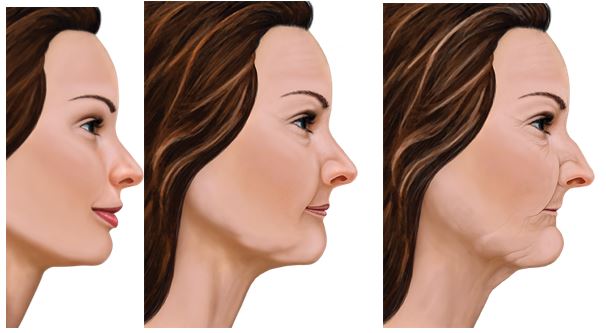
After the removal of your wisdom tooth, a hole is created in the socket where the tooth once was. When this happens, the surrounding bone tissue begins to deteriorate as it no longer receives stimulation from the root of the tooth. This causes the density of the jawbone to decrease and the facial structure to change.
On the other hand, if a wisdom tooth has caused significant bone loss in the second molars, bone grafting may be necessary after the removal to stimulate bone growth and replenish any lost bone tissue in the jawbone. Failure to address the bone loss may cause molars to come loose as the jawbone is unable to support the teeth.
Through a bone grafting procedure, bone tissue growth is stimulated and grows into the empty space. This prevents the gumline from caving in and causing a change in the facial structure.
You may be interested in: Can I Drink Coffee After Wisdom Teeth Removal?
Takeaway
In conclusion, bone grafting after wisdom tooth removal is an important procedure that can help maintain the structure and function of the jawbone and prevent future dental problems. By filling up the hole left behind during the wisdom tooth removal, bone grafting provides a stable foundation for future dental restorations, all while reducing the chances of teeth movements.
While dental bone grafting may be a troublesome and unnecessary procedure for some, they are a must for those who are suffering from bone loss. If you are considering wisdom teeth removal, be sure to discuss with your dentist or oral surgeon the possibility of undergoing a dental bone grafting procedure.
